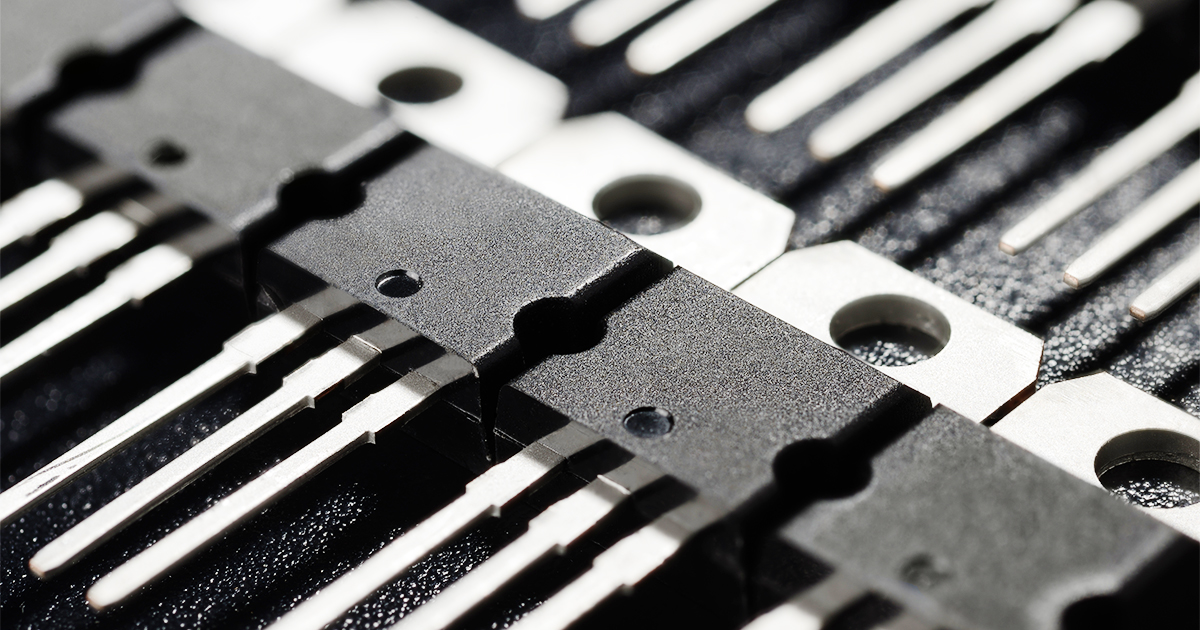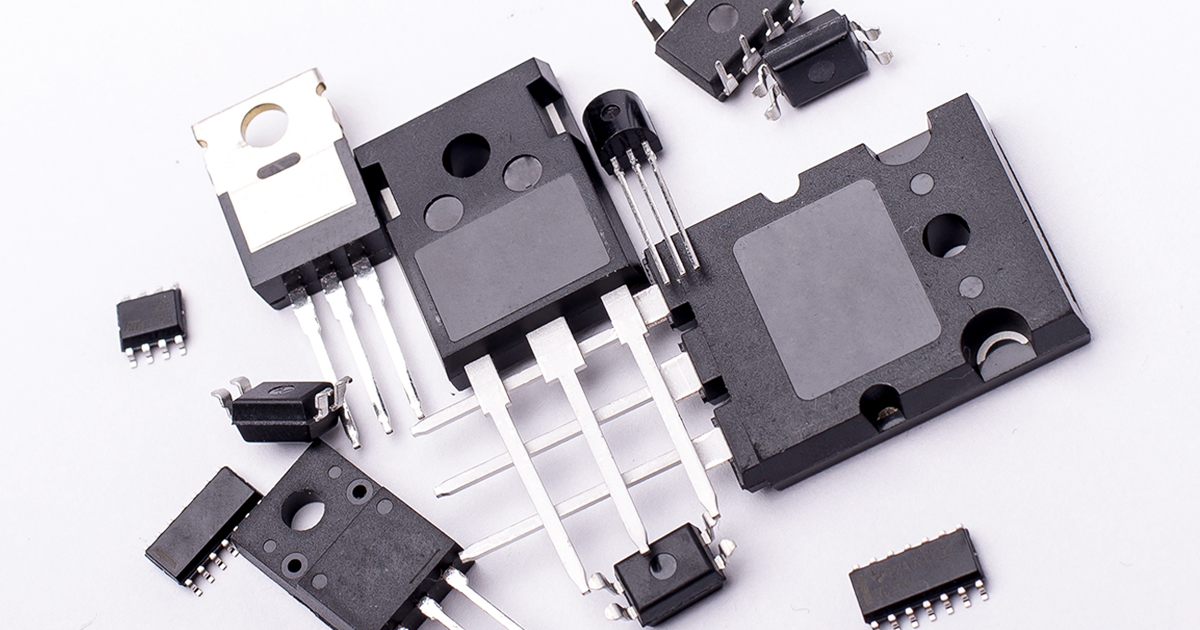Since the global chip shortage began late last year, it has had a devastating impact on businesses worldwide.
The auto industry, where the bottleneck began, will lose an estimated $110 billion because of the crisis this year. Over time, the semiconductor crunch expanded and wreaked havoc across dozens of industries, including the HVAC, medical instrumentation, and video game sectors.
Recently, multiple analysts have expressed concerns that the local chip shortage will prompt a major spike in electronic parts counterfeiting. Microelectronics industry insiders believe criminals will attempt to profit from the crisis by preying on affected manufacturers.
In fact, ERAI recently reported that one scam artist defrauded OEMs, CMs, and EMS companies out of over $110,000 since the component crisis began.
How COVID-19 Set the Stage for a Counterfeit Component Surge
Steve Calabria, founder of Independent Distributors of Electronics Association (IDEA), recently told Ars Technica COVID-19 cultivated conditions that are favorable to part counterfeiters.
Last year, coronavirus pandemic-related lockdowns disrupted the flow of raw materials to many global manufacturing hubs. Consequently, fewer electronic components than usual were fabricated and distributed through the global supply chain. At the same time, individuals and organizations turned to digital solutions to compensate for self-quarantine mandates, creating a strong worldwide interest in electronic devices.
That sequence of events created a massive imbalance between supply and demand in the microelectronics sector that eventually expanded into a global chip shortage.
Calabria said the bottleneck “opens the door for criminals to exploit the electronic component marketplace.” He noted that new vendors without track records have popped up claiming to have ample quantities of otherwise unavailable parts.
In reality, those providers’ claims are false. At best, they have stockpiles of counterfeit, mislabeled, and salvaged parts. At worst, their promises of ready-to-ship semiconductors are the prelude to wire fraud.
Dr. Diganta Das, a researcher for the Center for Advanced Life Cycle Engineering (CALCE), explained criminals are using the shortage to their advantage. Last month, Gartner published an update stating the imbalance in the components industry will not be corrected until 2022. As a result, fraudsters are pushing firms to abandon their vendor verification procedures to gain access to badly needed supplies.
"If next week, you need to get 5,000 parts or your line will shut down, you will be in a situation of distress purchase and you will put your guard down," said Das.
Calabria stated he is already seeing signs of counterfeiters infiltrating the shortage-ravaged microelectronics supply chain. Similarly, Das expects manufacturers’ reports of encountering fake parts to ramp up through the end of 2021.
In addition, Electronic Retailers Association International (ERAI) recently documented how a criminal ripped off over a dozen companies.
Manufacturers Lose Over $300,000 to Fraudsters
On June 23, ERAI cofounder Kristal Snider broke down how a fraudster fleeced several electronic device manufacturers for over $300,000.
The unidentified individual or group used more than 20 aliases to offer electronic components to OEMs, CMs, and EMS companies. The perpetrator claimed they had parts ready to ship and directed victims to one of their 18 deceptive websites. When pressed for references, the con artist referred buyers to fake companies they had created to further their scams.
According to the ERAI, the criminal stole $205,253 from electronics manufacturers have between May 2018 and November 2020. The crook committed wire fraud to sell nonexistent or counterfeit parts to their victims before disappearing. However, the same party returned just as the chip shortage kicked into high gear, bilking businesses out of $58,225 in the first week of February 2021 alone.
Most recently, the scammer tricked one manufacturer out of $32,000 in April, bringing their 2021 haul to $110,209.
Snider noted that not a single one of the criminal’s victims have recovered their money. She also indicated that the fraudster has a clear modus operandi, targeting OEMs, CMs, and EMS providers directly. The culprit or culprits have taken advantage of the instability within the electronic component supply chain to amass a small fortune.
ERAI Tips for Avoiding Fraudsters and Fake Parts
Snider concluded her recent report with a series of best practice recommendations drawn from the spate of fraudulent component transactions.
She indicated manufacturers should obtain references from other reputable industry players before doing business with a new supplier. She also suggests buyers research the online presence of a potential new partner and look out for possible inconsistencies. For example, if a provider claims to have been around for several years, but their website registration is only a few months old, that is a red flag.
The ERAI’s blog also echoes a point made by IDEA and CALCE; offers that sound too good to be true probably are.
Criminals understand that the global chip shortage is putting immense strain on OEMs, CMs, and EMS providers. More fake distributors will undoubtedly approach manufacturers with unbelievable offers on hard-to-find or widely unavailable parts as the bottleneck persists. Accordingly, companies should protect themselves by only doing business with reputable firms with established online marketplaces.
Doing otherwise leaves firms open to sustaining critical financial damage amid an industrywide crisis.


